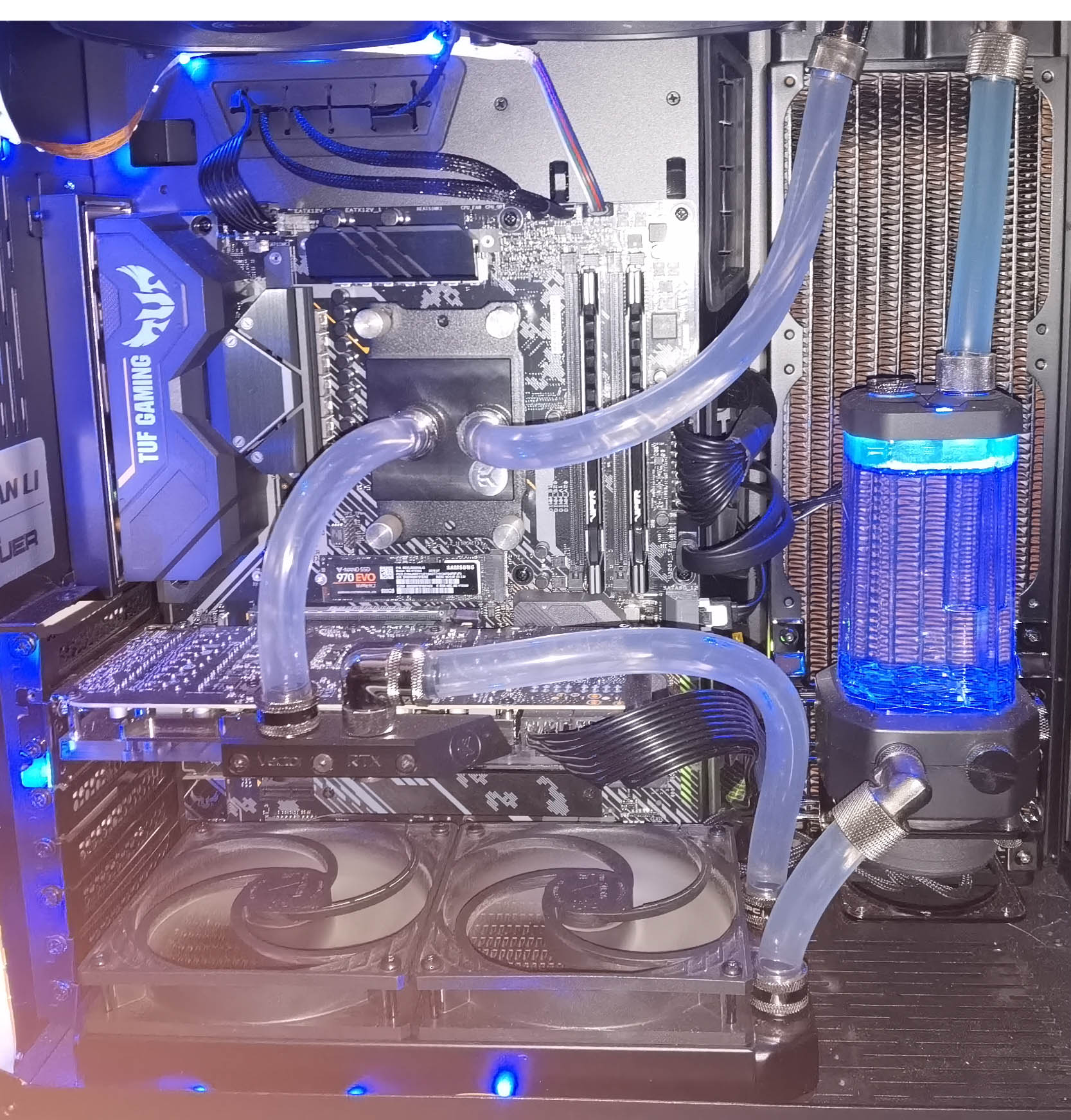So I built my system about 6 months ago and I did the usual tilting the case, and running the pump, to get rid of air bubbles, and I thought I had most of the bubbles out of it.
But ever since I still have bubbles in the system.
For example, if I run the pump at high speed I'll get gushing bubbles for a minute or two, and they'll eventually disappear; but then the next day I'll do the same and get more bubbles again. And again, and again.
It's not like normal where you get less and less bubbles, as you gradually bleed the system, for me it seems like they constantly "build up" in the system and release when I run the pump at high speed..
It's like a new, unbled system every day!
My temps are fine, so I doubt that I have huge air pockets in the system, although I can't totally rule it out, but to me it seems like air is getting into the system some other way, like overnight when the system is turned off or something.
I know it sounds kind of weird, but I can't think of any other explanation.
My water levels are not dropping, so I doubt I have a leak in the system.
I also don't have anything crazy going on with the location of the components, it's all pretty standard (see the image below).
Has anybody ever come across something like this, or have any idea why I'm getting bubbles in the loop after 6 months?
I'm using ordinary distilled water in the loop, and an antimicrobial additive, same as I did in my last system.
Just today, for example, I ran the pump at full speed for a few minutes and I got loads of bubbles rushing down into the res for about 2 minutes, and they eventually stopped. But I'm pretty sure that if I run the pump at full speed tomorrow the same thing will happen.
I've been watercooling for a good few years now and never came across something like this.. It's strange.

But ever since I still have bubbles in the system.
For example, if I run the pump at high speed I'll get gushing bubbles for a minute or two, and they'll eventually disappear; but then the next day I'll do the same and get more bubbles again. And again, and again.
It's not like normal where you get less and less bubbles, as you gradually bleed the system, for me it seems like they constantly "build up" in the system and release when I run the pump at high speed..
It's like a new, unbled system every day!
My temps are fine, so I doubt that I have huge air pockets in the system, although I can't totally rule it out, but to me it seems like air is getting into the system some other way, like overnight when the system is turned off or something.
I know it sounds kind of weird, but I can't think of any other explanation.
My water levels are not dropping, so I doubt I have a leak in the system.
I also don't have anything crazy going on with the location of the components, it's all pretty standard (see the image below).
Has anybody ever come across something like this, or have any idea why I'm getting bubbles in the loop after 6 months?
I'm using ordinary distilled water in the loop, and an antimicrobial additive, same as I did in my last system.
Just today, for example, I ran the pump at full speed for a few minutes and I got loads of bubbles rushing down into the res for about 2 minutes, and they eventually stopped. But I'm pretty sure that if I run the pump at full speed tomorrow the same thing will happen.
I've been watercooling for a good few years now and never came across something like this.. It's strange.



